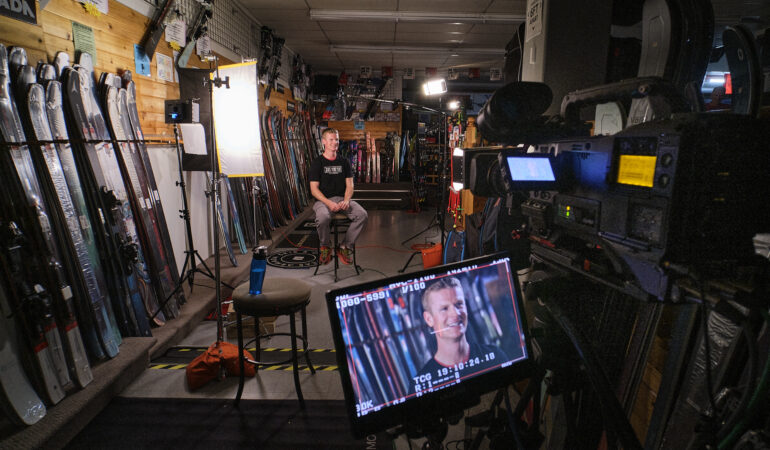This is not an argument calling for the end of generative AI. That will take care of itself. AI will change healthcare and science for the better, but generative AI in the creative industry will be the next VR goggles or 3D cinema. It lacks market penetration and staying power because original artistry is better.
Tuning into the surfing at the Paris Summer Games, I was presented with a cloyingly overwrought aerial view of the island nation of Tahiti as portrayed by some mix of generative AI and CGI. It was Pandora-esque in its Crayola oversaturation. The eye naturally looked for rainbows and unicorns. But just as I was guffawing, the intro ended and NBC segued to real footage of Tahiti shot from a helicopter with what must have been world-class image stabilization gimbals and big cameras.
Tahiti is mesmerizing. I knew from reading that it was mountainous, but I didn’t realize just how striking the sawtoothed verticality ensconced in jungle canopy is.
Which begs the question: Why bother with the artifice? Just because technology can make a virtual Tahiti doesn’t mean we should waste our time with it. The human brain is capable of knowing both natural splendor and fantasy. That’s why art works. We fill in the gaps with our imagination. The phone book is, or was anyway, a compilation of facts, but it was never a story. I don’t need to be told what the ending of Citizen Kane or Openheimer means. I want to be left thinking about it. A 14-line sonnet can create an entire world just as a landscape painting can be impressionistic, abstract, or realistic—and still convey truth. A young man can turn into a 170-pound cockroach in Kafka and tell me more about the human condition than a thousand philosophical treatises. Beauty is everywhere, but art does not exist without the artist.
And that brings us back to the word “authentic.” Especially in the hands of business people, when words are overused, they can lose their meaning. “Epic” becomes “luxurious.” “Disruptive” becomes “bluster.” But “authentic” shares its root with the word “author” for a reason. It means duly authorized; genuine; original. It should connote a similar dynamic as art and artist. Original work does not exist without the author, the auteur, the auto-bio-grapher (self, life, write). And original work, because of its authenticity, is what rises above the noise.







